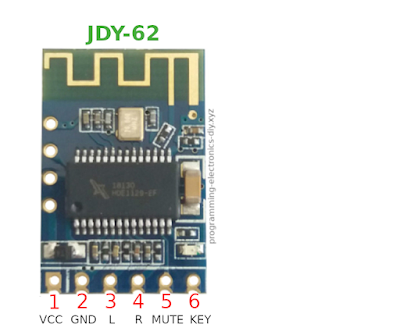This is a short circuit protection unit that will limit the current when working with mains voltage in case of a short circuit. It is useful for testing repaired equipment and can also be used to test transformers and light bulbs as a bonus. If a short circuit would to occur all that will happen would be to light up the incandescent light bulb thus protecting the equipment and household wiring.
How to build a mains short circuit protection unit for testing and repairing electrical equipment and transformers
The working principle of this unit is very simple - an incandescent tungsten light bulb is placed in series with the load. If the current draw by the load is small comparative to the bulb's power, the light bulb will not glow and it's resistance will be low. In case of a short circuit the higher current draw will cause the light bulb to heat up and glow and that will increase the resistance of the tungsten filament therefore limiting the current.
When cold the incandescent tungsten filament has a low resistance (~25-50 ohms for a 75W bulb). When mains power is applied to it the filament will get glowing hot and the hotter a metal is the more agitated the electrons are, bouncing everywhere, and so creating the effect of a higher resistance when hot versus when cold.






















